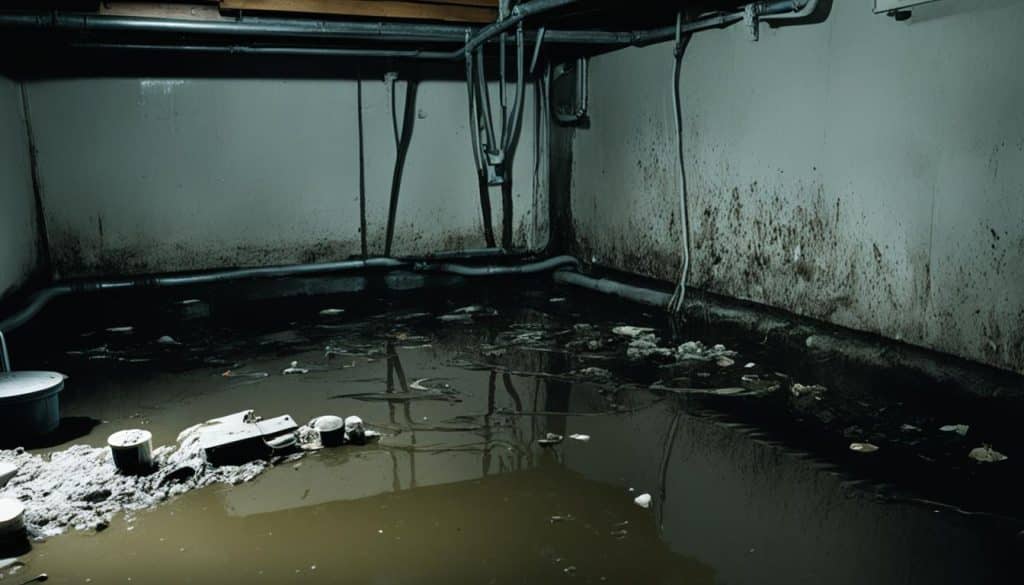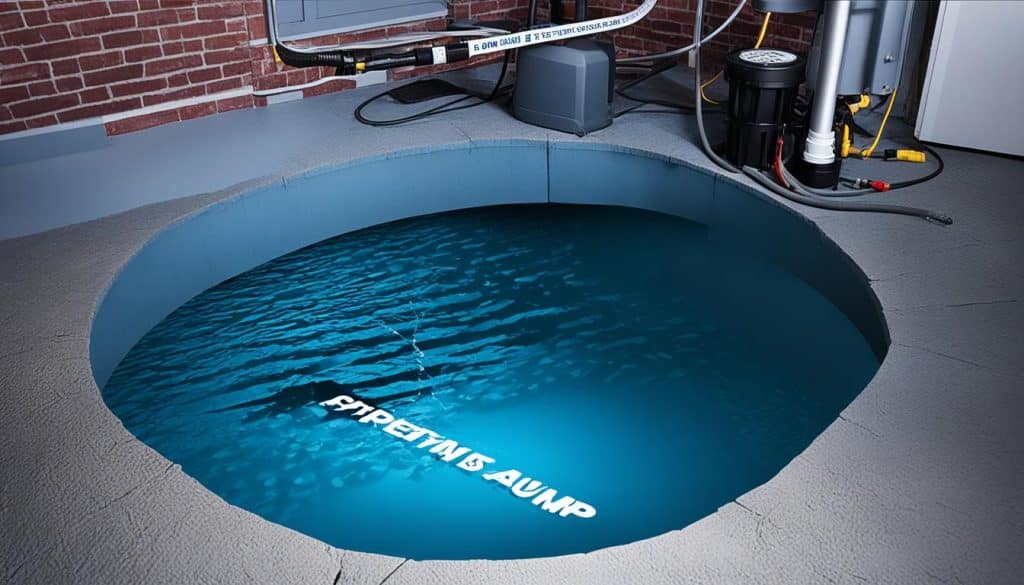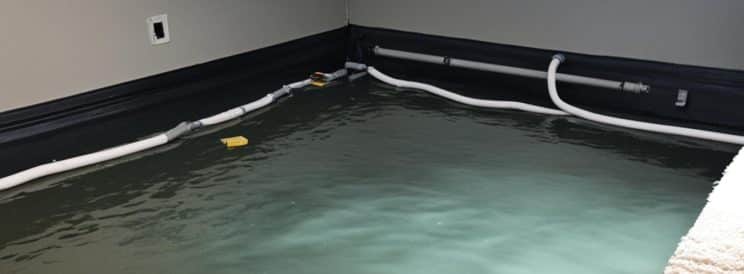Have you faced a Sewage Backup Morton Grove IL in your basement? It’s truly a nightmare. No one wants to see or smell raw sewage in their home. Luckily, there’s a way to avoid this.
In Morton Grove, IL, sewage backups come from various causes. These include clogged pipes, tree roots in lines, and heavy rain. They lead to damage and health hazards.
To keep your home safe, consider flood control and water backup system installation with J Sewer & Drain Plumbing Inc.. These alert you when water is too high and pump it away. They are a great defense against sewage backups.
You can also add a backwater prevention valve. It lets sewage leave but not come back in during high water times. This valve is very helpful.
Keeping your plumbing well-maintained is key. Never pour grease down the drain. Also, don’t flush things like paper towels. If you have trees, cut any roots that might get into your plumbing.
Key Takeaways:
- Preventing sewage backups is essential to protect your home from damage and health hazards.
- Investing in flood control systems and water backup solutions with J Sewer & Drain Plumbing Inc. can help divert excess water away from your home.
- Installing a backwater prevention valve can prevent sewage from flowing back into your home during high water levels.
- Maintaining your plumbing system, avoiding grease buildup, and removing tree roots from sewer lines are preventive measures you can take.
- Remember to evacuate the flooded area, turn off electrical power, wear protective clothing, shut off the main water valve, and notify your insurance company and the municipal authority in case of a sewage backup.
Table of Contents

Understanding Sewage Backup Morton Grove IL
Basement backups are every homeowner’s nightmare. They can ruin your home and life. To prevent this, it’s key to know what causes them.
Clogs in pipes are a big issue. They can be from hair, soap, and food build-up. Without a clear path, water backs up into your basement.
Tree roots are another dangerous cause. They grow into pipes, blocking water flow. The force of the roots can harm pipes, letting more debris block the way.
Old, damaged pipes are a threat too. They crack or collapse, stopping sewage flow. This makes water back up into your basement.
Heavy rain can also overload the sewer system. When the system can’t keep up, water flows back into your home. A mix of rain and poor drainage spells trouble for your basement.
To avoid backups, don’t pour grease down drains. It clogs easily and causes problems. Properly dispose of items like diapers to keep pipes clear.
Cut back tree roots to protect your pipes. And consider a backwater prevention valve. It lets water out but stops it from flowing back in.
Maintenance is key. Clean your sewers often to avoid clogs. Treat them with copper sulfate to keep roots away.
If a backup happens, act fast. Call experts to handle the mess. While you wait, try to save what you can from damage.
Knowing how to prevent basement backups is critical. This saves you from major hassles and costs. With the right steps, you can keep your space safe and dry.

Dealing with Flooding in Chicago
Flooding is a big problem in Chicago due to old sewers. These sewers mix rainwater with waste water, which can’t handle heavy rains. This leads to a lot of flooding all over the city.
The city started the Tunnel and Reservoir Plan to fight this. Known as Deep Tunnel, it holds extra rainwater to prevent floods. But, Deep Tunnel needs working local sewers to be effective.
Chicago is also working on better stormwater management. They’re fixing and upgrading sewer systems, adding water restrictors, and using green ways to handle water. Projects like permeable pavements and rain gardens help reduce flooding’s impact.
The Metropolitan Water Reclamation District (MWRD) is working to fix the sewage backup problem. They’ve started a project known as the Deep Tunnel. It’s meant to store extra rainwater and keep the sewers from getting too full.
Although progress is happening, more work is still needed. By learning from places like Milwaukee, Chicago can improve its flooding solutions. This means updating sewers and building more eco-friendly infrastructure to keep the city safe from floods.






